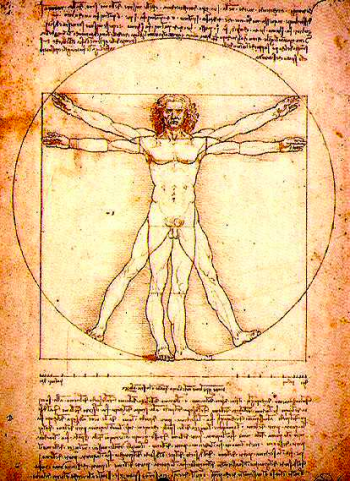“X” Marks The Spot
Nov 12, 2014
At least so say the old pirate maps.
Buried treasure was always under the “X.”
Did you know you have a buried treasure?
A spot marked “X?”
 In fact, your whole body is one giant X.
In fact, your whole body is one giant X.
And the center of that “X” is the spot where much hidden treasure lies buried.
Buried by inactivity. In many cases, buried under a pile of soft, squishy dough.
I am of course talking about the world famous and ever popular “core.”
Your abdominals. Your six pack. Your abs.
Whatever you want to call them.
Your core according to some, is actually made up of 27 different muscles, not just the ones you see on the outside either (a.k.a. the “washboard). This is an incredibly important area of your body - it’s where efficient force transfer between the upper and lower body occurs, enabling you to stand, squat, walk, run, climb, and pretty much move.
There are many different exercises and exercise trends that have come and gone over the past 100 or so years.
For example, back in the Golden Age of Bodybuilding, from the 1930s to the early 1970s, sit ups were a favorite abdominal exercise. Sometime in the 1980s it was determined that sit ups were bad for your back and that they primarily overworked your hip flexors and not so much your abs. The abdominal crunch was deemed superior.
I remember teaching those 15 minute “Abs Classes” at some of the gyms I worked at. I was chastised by my boss for actually training the backside of the body - the erector spinae, gluts, and hams along with the abs. When I explained they too were part of the core, he relented but told me to take it easy because people weren’t used to those parts of their bodies being sore.
And then, after 15 to 20 years of popularity, the crunch fell out of favor for “anti” exercises.
These are are isometric (non-moving/holding) in nature, like “anti-flexion” and “anti-rotation” abdominal exercises. They keep the body from flexing or rotating and focus on the abdominals or core’s main job - protecting the spine and keeping it from moving (stabilized) under load.
The truth is there are many different ways to train your core.
Probably the most natural way, the most efficient way, is the one that fits with our design.
And what’s that?
It’s engaging in contralaterally loaded movements (opposite arm and leg) or cross body movements. Not only do these fully and reflexively engage the core musculature, they create new synaptic connections (nerve pathways) in the brain, connecting the two hemispheres and strengthening pre-existing ones. So not only are you tying your body together, you’re also becoming smarter in the process.
Here are some “X” design core exercises you can play with:
Turkish Get Up
Single Leg Deadlift (contralaterally loaded)
Single Leg Squats (Pistols)
Baby Crawling
Leopard Crawling
Spider-Man Crawling
Marching
Sprinting
Skipping
Walking
One Arm One Leg Push Ups (OAOLPU)
Do a few reps of 2 or 3 “traditional” exercises each day such as the Turkish Get Up, the Single Leg Deadlift, Single Leg Squat, and the OAOLPU.
Or perform the various crawls for distance or time.
Or do both.
It's up to you.
Generally speaking, the easier the exercise for you, the more reps you can do at a time and the more frequently you can do it. For example, Baby Crawling is much easier than the OAOLPU.
Challenge yourself to 6 weeks of only X design core exercises and see if you don’t notice a difference in your total body strength and your resilience.
Comments (0)
Please login to comment.